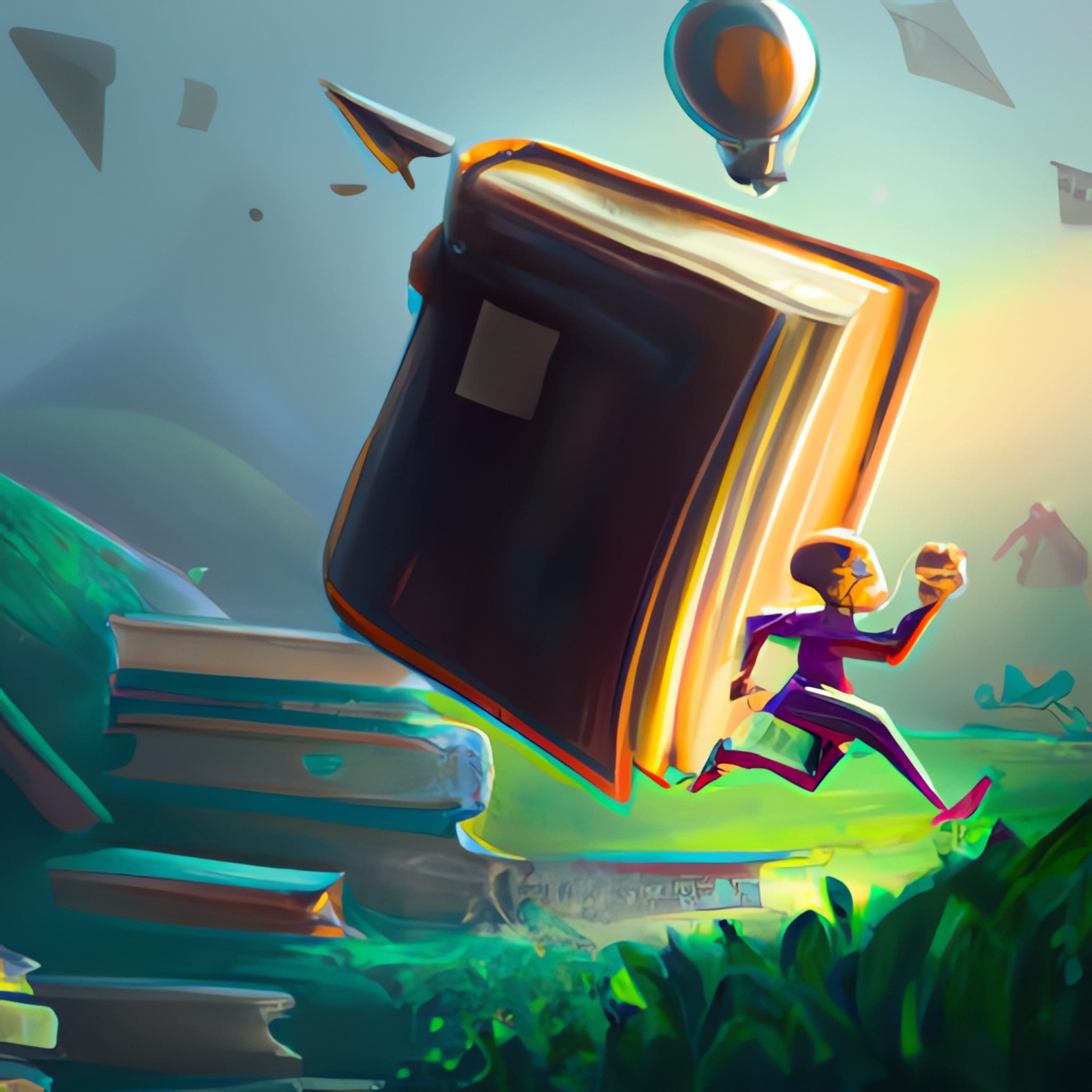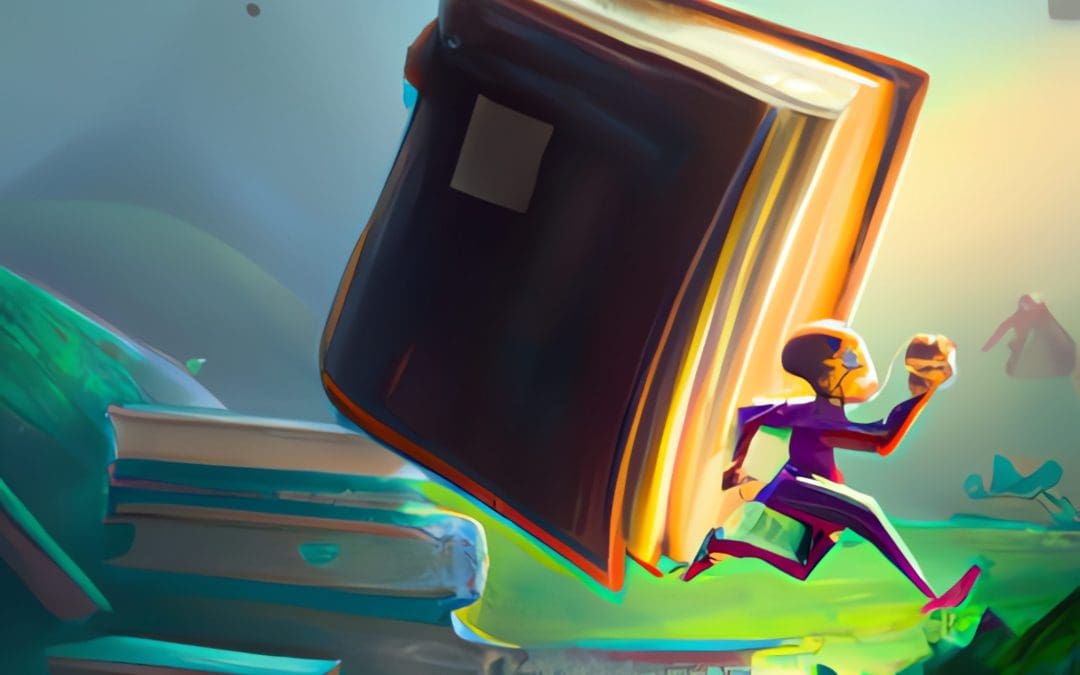
When a book moves too slowly, you put it down. While you may think this only happens with novels and nonfiction works, picture book pacing is just as important. So, you better get it right.
Pacing beyond Children’s Books
In novels and nonfiction, pace is affected by a few things.
1. Sentence length. You read shorter sentences faster. To create a fast read, mix in plenty of short, fast, punchy sentences. Then slow things down with longer sentences that have commas, prepositional phrases, and more.
2. Word choice. Five-syllable words may be impressive to write, but they’re slow to read. This is especially true if they’re unfamiliar to your reader. In fact, any unfamiliar word will slow your reader down. Inject long or unfamiliar words only when you want your reader to move slowly. Otherwise, use language your reader will understand with ease to keep your story moving.
3. Paragraph length. It seems silly, but long paragraphs slow readers down. This slowing down occurs before readers even start reading. If you’ve ever eyed a full page without a paragraph break, you know it’s true. Paragraph breaks encourage readers to read just one more page. Soon, they’ve read a dozen.
In books aimed at older children, teens, and adults, pacing is all a matter of language and usage. Picture book pacing is a different beast. So approach with caution.
The Speed of Children’s Books
Obviously, word choice and sentence and paragraph length matter in children’s books. Use elevated language and long sentences and paragraphs, and no child will beg for your book at bedtime. However, picture book pacing is affected by more than language.
The pace of children’s books also depends on the following:
1. Number of words on a page. More words take longer to read. Fewer words take less time. Set your word count on each page based on how long you want readers to spend on a given page. Want them to simply enjoy an illustration? Try a full spread without any words at all. Speaking of illustrations . . .
2. Illustration complexity. Big, simple illustrations speed up the pace of your picture book. Intricate illustrations with lots of details may slow down young readers. This isn’t necessarily a bad thing. However, you may not want super-detailed images on every page.
Checking the Pace of Your Children’s Book
Because picture book pacing has so many elements, it takes work to determine how your book measures up. Fortunately, it’s pretty easy to do. Laurel Abell has a fun technique if you have sticky notes and a picture book on hand. Otherwise, you can do it all on your computer. Here’s how.
1. Write and edit your manuscript until it is just right. Ask a friend for help or hire a professional if you’ve not already. Then delete all double paragraph returns.
2. Imagine you’re sitting in an elementary classroom and read your book out loud. Seriously—read it out loud! This is essential for picture book pacing.
3. Every time you reach what you imagine to be the end of a page, add a double paragraph return. Then imagine you’re turning the book so the imaginary class of imaginary students can check out the imaginary illustrations.
4. Once you reach the end of the book, count your paragraph returns and/or number of pages.
5. Children’s books typically print four pages at a time. Because of that, the number of pages in your picture book should be divisible by four. Remember that the first page is a title page, the second may be a copyright page, and the last page must remain blank if you’re using IngramSpark or other print-on-demand printers. Also, most picture books are between eighteen and 32 pages. Have more or fewer pages? Tweak your pace!
We Love Picture Book Pacing
Want some help with picture book pacing? At Argyle Fox Publishing, our founder is a children’s book author. As a result, we love working with authors to make their stories move at just the right speed. If you’re ready for some help with pacing and publishing, take a moment today to submit your manuscript for consideration. In a few short months, you can hold your well-paced picture book in hand, ready for young readers to enjoy.
